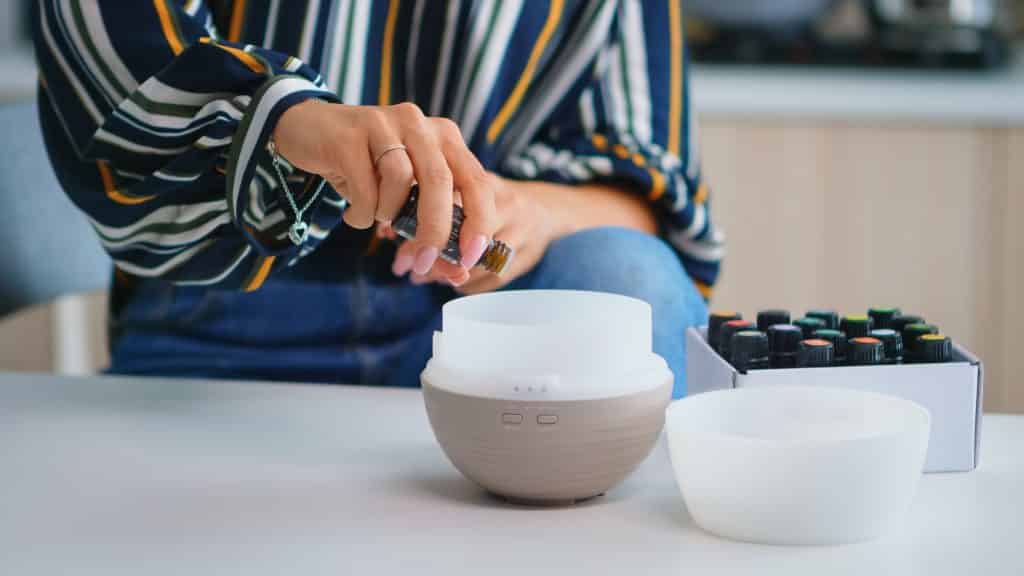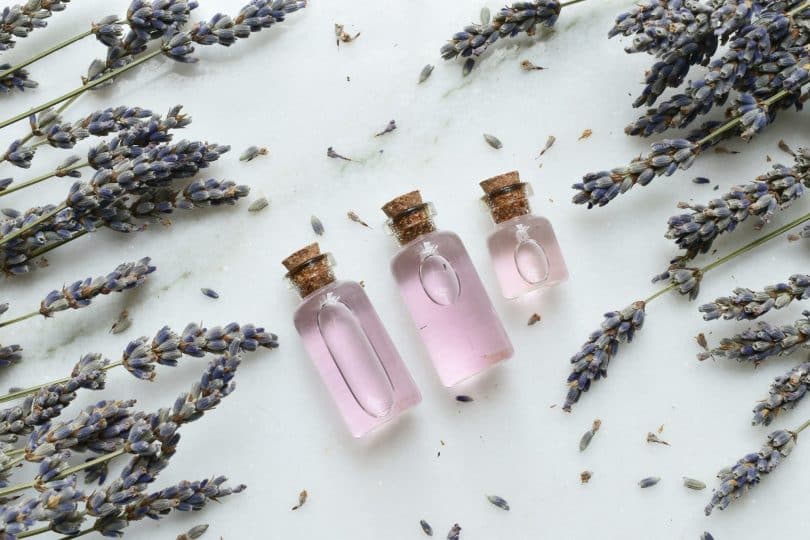We all want to unwind after a long day at work, but sometimes finding the perfect way to relax can be tricky. If you’re looking for a relaxing essential oil blend that works well for you, then read on.
There are many different ways to relax. Some people prefer reading a book, while others enjoy listening to music. Others find yoga or meditation to be their favorite type of relaxation.
Essential oils are a great way to help you relax, even if it’s just diffusing them on their own or using them alongside your favorite evening activities.
Here are five essential oils that you should try out to help you wind down after a stressful day.
Lavender
Lavender has been used for centuries as a sedative and stress reliever. It has a unique relaxing effect on people who are tense or anxious.
It’s also used to help calm the mind and promote sleep. In massage therapy, lavender essential oil is often diluted with other oils (carrier oils like almond and jojoba) to help soothe sore muscles. And it is one of the most commonly used essential oils for diffusing. It has a sweet, floral fragrance that helps clean the air and provides a calming effect.
It can be diffused to enhance the ambiance of a room or added to a pillow or bath water to promote a restful night’s sleep.
Chamomile
You’re probably already familiar with chamomile, which is commonly found in your favorite bedtime teas. Sweet and floral, these teas are a wonderful way to relax before you drift off to sleep.
There aren’t many studies on the use of chamomile for anxiety and depression, but its long history of use in aiding restful sleep makes it one of my favorites for use in the evenings. (Never use essential oils internally though, without consulting an experienced professional. For normal consumption, stick to your favorite sleepy time tea!)
Chamomile essential oil with lavender and bergamot oil makes a wonderful diffuser blend to put on while you relax with a book or maybe even a knitting project to help you wind down before bed.
Clary Sage
Clary sage is used by both men and women to promote beauty, strengthen the immune system, increase energy, and balance hormones. It is regarded as a “women’s” herb and has a long history of use in female beauty products.
More modern scientific research has suggested that clary sage has many benefits for women, including balance of hormones, regulating menstruation, promoting healthy skin, nails, and hair, among other things. (For more studies, check out this article.)
Clary sage has a wonderfully sweet, herbaceous, and lightly floral smell that goes well with most floral, herbaceous, and citrus oils. It’s a bit more expensive than other similar oils but well worth the cost!
One of my favorite diffuser blends uses frankincense, bergamot oil, peppermint, lavender, and clary sage essential oils—just two drops of each.
Bergamot
Bergamot has found a home in a beloved breakfast tea—Earl Grey tea! You’re probably familiar with these breakfast teas, which sometimes even tie in floral additions, like lavender.
And while bergamot is best known for its use in tea, it’s also an essential oil that frequently finds its way into diffuser blends, essential oil perfumes, and other bath and body products. The light, citrusy smell makes it a wonderful pick-me-up and is known for its aid as a mood booster and relieving anxiety.
Jasmine
Jasmine has long been used in tea and in the fragrance industry. Its bright, uplifting floral scent might not be the first thing you think of when you want to relax, but it can help calm the nerves without putting you to sleep. (Anyone who loves a good jasmine green tea is sure to enjoy this scent in the diffuser almost as much!)
While it’s commonly thought to be a mood regulator, it might be best known as an aphrodisiac. Like lavender oil, it’s fairly mild and isn’t a common irritant. It goes well in roller-bottle essential oil blends containing lavender, ylang-ylang, orange, bergamot, and other floral or citrus scents.
When you’re looking for jasmine oils, you’ll often come across jasmine “absolute.” This refers to the extraction method, which requires a solvent, unlike the usual steam distillation method used to obtain the oil. There isn’t technically a commercial jasmine “essential oil,” so you’ll typically see absolute used instead, but they’re often used interchangeably.

Relaxing Essential Oils for Diffuser Blends
While these are my top five, there are lots of other essential oils that can help with relaxation, which have a host of other benefits of their own. Oils like ylang-ylang, patchouli, holy basil, frankincense, lemon balm, and fennel all go beautifully with some of the oils on this list.
We’ve covered making your own roll-on perfume before—creating diffuser blends follows the same concepts, but focuses a bit more on their therapeutic properties rather than just the fragrance. (Check out our guide for more information on how to create your own blends.)
Here are some examples of blends I like to use:
- 5 drops of lavender
- 3 drops of ylang-ylang
- 2 drops of bergamot (or sweet orange)
- 2 drops of patchouli
- 2 drops of sandalwood
- 3 drops of balsam of peru
- 3 drops of frankincense
- 2 drops each of lavender, peppermint, lemon balm, bergamot, and eucalyptus (I love to scale this up and use it for scrubs as well)
- 3 drops of lavender
- 3 drops of rose
- 4 drops of clary sage
You can also use these blends in your homemade bath and body products, perfect for an at-home spa day or a self-care gift for loved ones.
Other Posts on Essential Oils?
Love what you’re reading? Here are some other ideas on how to tie essential oils into your crafts:
- How to Make Ylang-Ylang Perfume with Essential Oils
- Essential Oils 101: Everything You Need to Know
- What Are the Best Essential Oils for Candle Making
- How to Make Your Own Bath Scrub
- How to Make Roll-On Perfume
Sources:
https://www.healthline.com/health/jasmine-essential-oil#how-to
https://www.naturalmedicinejournal.com/journal/2012-02/lavender-oil-anxiety-and-depression-0
https://www.sciencedirect.com/science/article/pii/S2221169115001033#bib41








I love to make anything with oils and I’m looking to upgrade my line of products any advice I can get from you will be appreciated and helpful to me